blindness
Latest
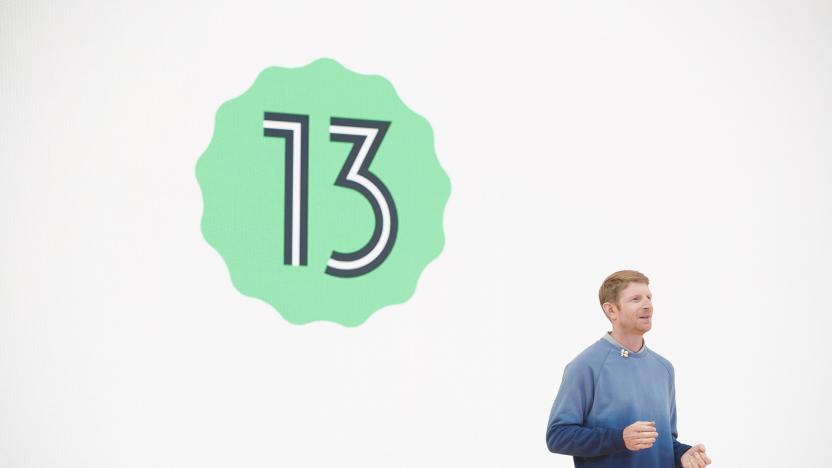
Android 13 will have native support for braille displays
Android 13 will help people with blindness by including built-in braille display support.
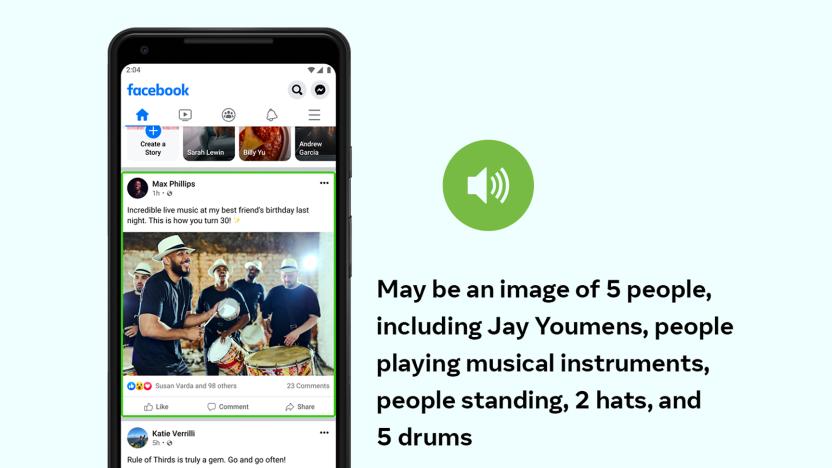
Facebook improves AI photo descriptions for the visually impaired
Facebook has detailed how its AI describes photos for the visually impaired, including new tech that offers detailed labels.
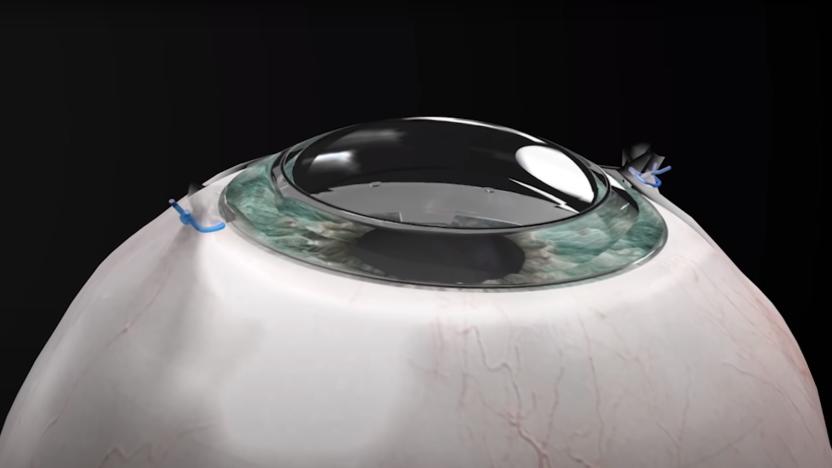
Synthetic cornea helped a legally blind man regain his sight
A legally blind 78-year old man has regained his sight after being the inaugural patient to receive a promising new type of corneal implant.

Bose Frames work with Microsoft's navigation tech for the blind
When they came out last year, the Bose Frames were an interesting, albeit unfinished showcase of what a company could do by fusing together smartglasses and headphones. We didn't think Bose's experiment was a consistent success, but clearly the wearable had potential. Microsoft certainly thinks so.

Alexa’s Show and Tell feature IDs objects for blind and low-vision users
For people with vision impairments, figuring out what's in a can or jar of food without opening it can be difficult or impossible. Amazon thinks it has a solution to that and other daily challenges that its blind and low-vision users face. Today, the company unveiled a new Show and Tell feature that allows users to hold an item in front of an Echo Show and ask "Alexa, what am I holding?" Using computer vision and machine learning for object recognition, the Alexa-powered device will respond with its best guess.

How a blind 'Call of Duty' player is racking up thousands of kills
Some folks love video games so much, they find ways to play despite prohibitive disabilities. One such gamer took to Reddit last week to boast about scoring more than 7,500 lifetime kills in the first-person shooter Call of Duty: WWII -- entirely without eyesight. He goes by the handle 'tj_the_blind_gamer' and uploads gameplay to his YouTube channel, which he created after discovering there weren't any other sightless Call of Duty streamers. He plays for his own enjoyment -- but streams it to show the world that blind gamers are out there, racking up kills.
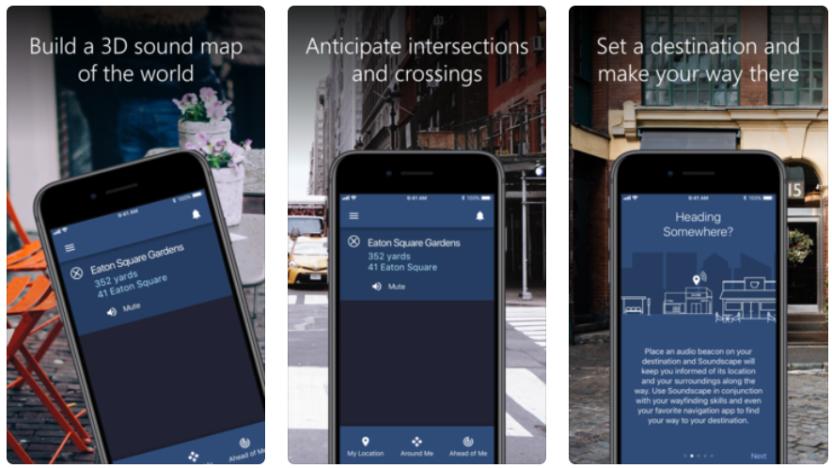
Microsoft's navigation tech for the blind is now an app
Microsoft has been working on its 3D soundscape technology for years. In 2014 it developed a bone-conducting headset to help visually impaired people navigate around cities using audio cues, and now that technology is available in app form, allowing users to pinpoint their location and identify areas of interest using only their phones and a stereo headset.

High-tech solutions top the list in the fight against eye disease
"The eyes are the window to the soul," the adage goes, but these days our eyes could be better compared to our ethernet connection to the world. According to a 2006 study conducted by the University of Pennsylvania, the human retina is capable of transmitting 10 million bits of information per second. But for as potent as our visual capabilities are, there's a whole lot that can go wrong with the human eye. Cataracts, glaucoma and age-related macular degeneration (AMD) are three of the leading causes of blindness the world over. Though we may not have robotic ocular prosthetics just yet, a number of recent ophthalmological advancements will help keep the blinds over those windows from being lowered.
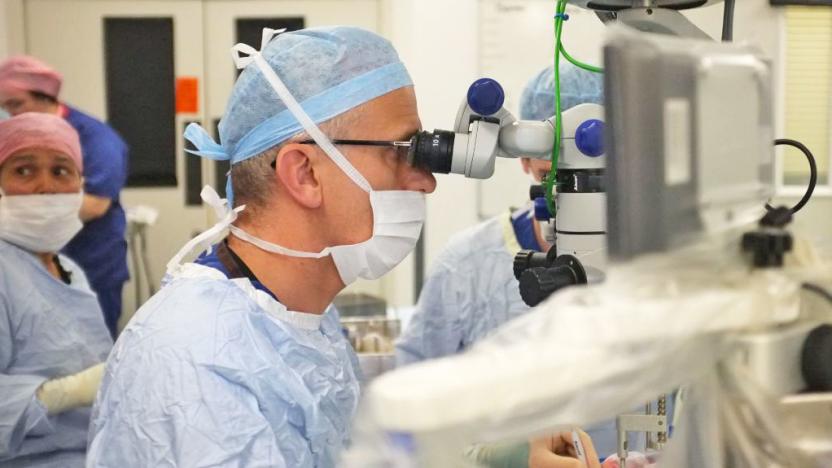
Robot that performs surgery inside your eye passes clinical trial
The next time you go under the knife for retinal surgery, it may not be a human hand holding the blade. That's because a revolutionary surgical system developed University of Oxford in the United Kingdom, which just passed its first set of clinical trials, is able to perform these intricate operations better than even the steadiest surgeon.

Google's training AI to catch diabetic blindness before it's too late
Diabetes is no joke, regardless of what Wilford Brimley memes you've seen. The disease's associated foot ulcers can lead to amputation of the limb while diabetic retinopathy (DR) can rob people of their sight. Some 415 million diabetics worldwide are at risk of this visual affliction and many of those living with it in the developing world lack sufficient health care access to treat it. That's why Google is training its deep learning AI to spot DR before it becomes a problem -- and without the help of an on-site doctor.
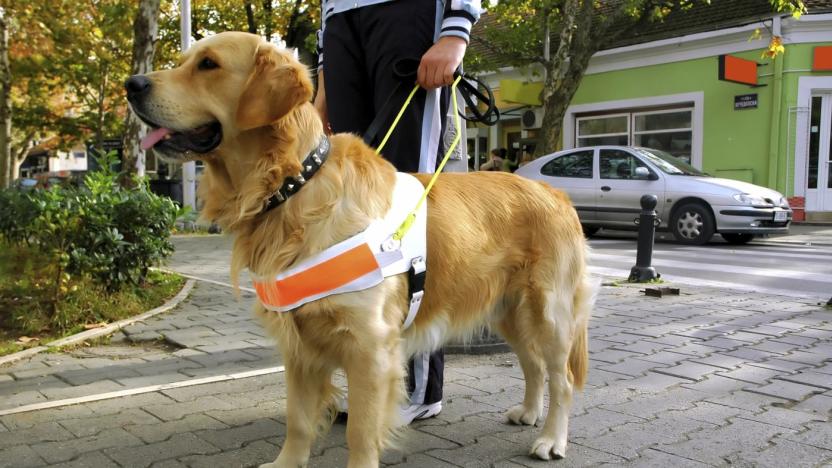
Uber settlement protects travel with your guide dog
Uber has made some effort to accommodate passengers with special needs, but it certainly hasn't been perfect: in 2014, the National Federation of the Blind's California branch sued Uber for denying rides to poor-sighted passengers with guide dogs and other service animals. However, it might soon make amends. The ridesharing company has proposed a settlement in that lawsuit that would protect your ability to take service animals with you on trips. Drivers would get in-app pop-ups and emails reminding them of their duty to carry your companion, and there would be a formal policy that bans drivers if they're caught rejecting passengers with animal helpers.

Toyota's wearable for the blind sees the world through cameras
Scientists are slowly making headway in the treatment of visual impairments, but in the meantime, technology promises to help the blind and partially sighted gain greater independence. Joining the ranks of Microsoft and many others, Toyota has revealed that it, too, is working on a device to give blind folks a better understanding of the world around them. As part of Toyota's "Project BLAID," the company is developing a shoulder-worn wearable with cameras that can detect stairs, doors, restroom signs and other common features of indoor spaces.

Headband detects obstacles and guides the blind haptically
Until scientists perfect bionic vision, shouldn't there be a better way for the blind to get around than a simple cane? That's the idea behind Sentiri, a proximity-sensing headband that helps steer users around by motor-driven haptic feedback. It detects objects in the environment using infrared depth sensors, then varies the level of vibrations to the user's head to help them avoid obstacles. If it's connected to a smartphone with an app like Google Maps, the tool can also safely guide you from point 'A' to point 'B.' The company behind it, Chaotic Moon, also created a "haptic language" that transmits extra information to users by changing the frequency, intensity and number of vibrations.

This device helps the blind navigate by tingling their tongues
Remember the BrainPort, that device that helps the blind get around by sending electrical signals to their tongues? It's finally getting the green light. The Food and Drug Administration has cleared the BrainPort V100 for sale in the US, giving sightless Americans a unique way to augment their perception of the world around them. In its finished form, the BrainPort sends visual signals from a pair of camera-equipped glasses to a set of electrodes that stimulate your tongue based on object characteristics such as distance, movement and shape. You only need to pay close attention to the V100's tingles and vibrations to identify items. It's not the same as restoring vision and won't completely replace guide dogs or other conventional assistance, but it could fill in a lot of missing information.

Students design a facial recognition cane for blind people
Facial recognition technology has many use cases, but none nearly as significant as this next one might be. A group of students at Birmingham City University are developing a smart cane, dubbed XploR, which uses a combination of hardware and software to help the visually impaired easily identity family and friends. The device is powered by a smartphone's face recognition features, GPS and Bluetooth, allowing blind people who use it to detect faces up to roughly 33ft away. If the cane does recognize someone, it then sends a vibrating signal to the person and guides them via an ear piece -- for reference, the images of loved ones can be stored on an SD card.

Infrared implant brings practical sight to the blind
You can already get a retinal implant to restore some sight when you're blind, but the quality is usually too poor to be useful for more than avoiding collisions. A better solution is close at hand, however: Pixium Vision has successfully tested an implant that should go beyond basic vision. The tiny chip sits just behind the retina and uses infrared light to both stimulate images in your brain and power the whole device. Tests in rats generate vision equivalent to 20/250. That's still far from flawless, but it'd be superior to the 20/500 you can get now -- good enough that you could read the largest letter on an eye doctor's chart. The eventual system for humans, which will use goggles to send images, should manage 20/120 and put wearers above the US' legal standard for blindness. Trial runs start in 2016, so you may not have to wait much longer if you're eager to give the implant a try.

Pocket camera helps the visually impaired navigate the world
This might be one of the least invasive sight aids for the visually impaired that we've spotted: it's a camera that sits in the shirt pocket, Her-style, and uses auditory alerts to warn when the user approaches obstacles. The idea here is to help folks with loss of peripheral vision (from glaucoma, for example) to keep from bumping into things. The device uses time-to-collision predictions rather than proximity sensors, so rather than a constant beep just because you're standing next to a pillar, the gizmo will apparently only ping you when you might actually run into said pillar.

'Be My Eyes' iPhone app lets you help the blind using video chat
There's a new iPhone app from the Danish team known for Thermodo that lets sighted folks help the blind on the rare occasions they need it. Called Be My Eyes, the non-profit, crowd-sourced app (on iOS only for now) pairs sighted with blind users using video chat. The concept is pretty simple: when a blind person needs help to, say, glean the expiration date on a carton of milk or cross a street, they simply tap their screen to find the first available sighted helper. Once a helper accepts the request, the blind person points his rear camera at the problem and can get assistance by video chat.

Microchip implant lets blind patients see shapes, skip the prosthetic
An eye-implanted chip from Retina Implant has restored patients' ability to discern light during its latest trial, according to German researchers. The device works in a similar fashion to the newly FDA-approved Argus II retinal prosthesis to return limited vision in patients with photoreceptor cell diseases like retinitis pigmentosa. Unlike that system, however, light is picked up via 1,500 pixels on a retinal implant instead of an eyeglass-mounted camera. The signal is boosted by a coil implanted in skin behind the ear and sent back to so-called bipolar cells still active on the retina, which in turn send an image to the brain through regular neural circuits. A small battery mounted behind the ear -- the only external sign of the device -- contains controls for brightness and contrast. The recent trial let 8 out of 9 patients see in varying degrees, with three in the study even able to read letters and see the faces of family members. Given that the Argus II finally crossed the FDA's bionic eye barrier, hopefully we won't have to wait nearly as long for research like this to become a product.

FDA clears Argus II 'bionic eye' for sale in the US (video)
Those in the US suffering from blindness due to retinis pigmentosa (RP) will now be able to regain some vision bionically for the first time ever, thanks to Second Sight's Argus II retinal prosthesis. The device was just approved by the FDA for sale stateside after surmounting the same hurdle in Europe almost two years ago -- though it was first launched long, long before that. RP is a rare genetic disease that inflicts 100,000 or so Americans, destroying photoreceptors in the eye while leaving other cells intact. By implanting a device on the retina that receives a signal from the eyeglass-mounted camera, those cells can be stimulated as if receiving light, causing them to transmit an image to the brain. Due to the limited number of electrodes, patients would only be able to discern light or dark, but most have reported better functionality with the device -- being able to make out the shape of a curb while walking, or discerning between light, grey or dark colored socks, for instance. The Argus II has been certified by the FDA for "humanitarian use," meaning there's "reasonable assurance" that it's safe, and should start popping up in specialized clinics by the end of the year. [Photo credit: Associated Press]









